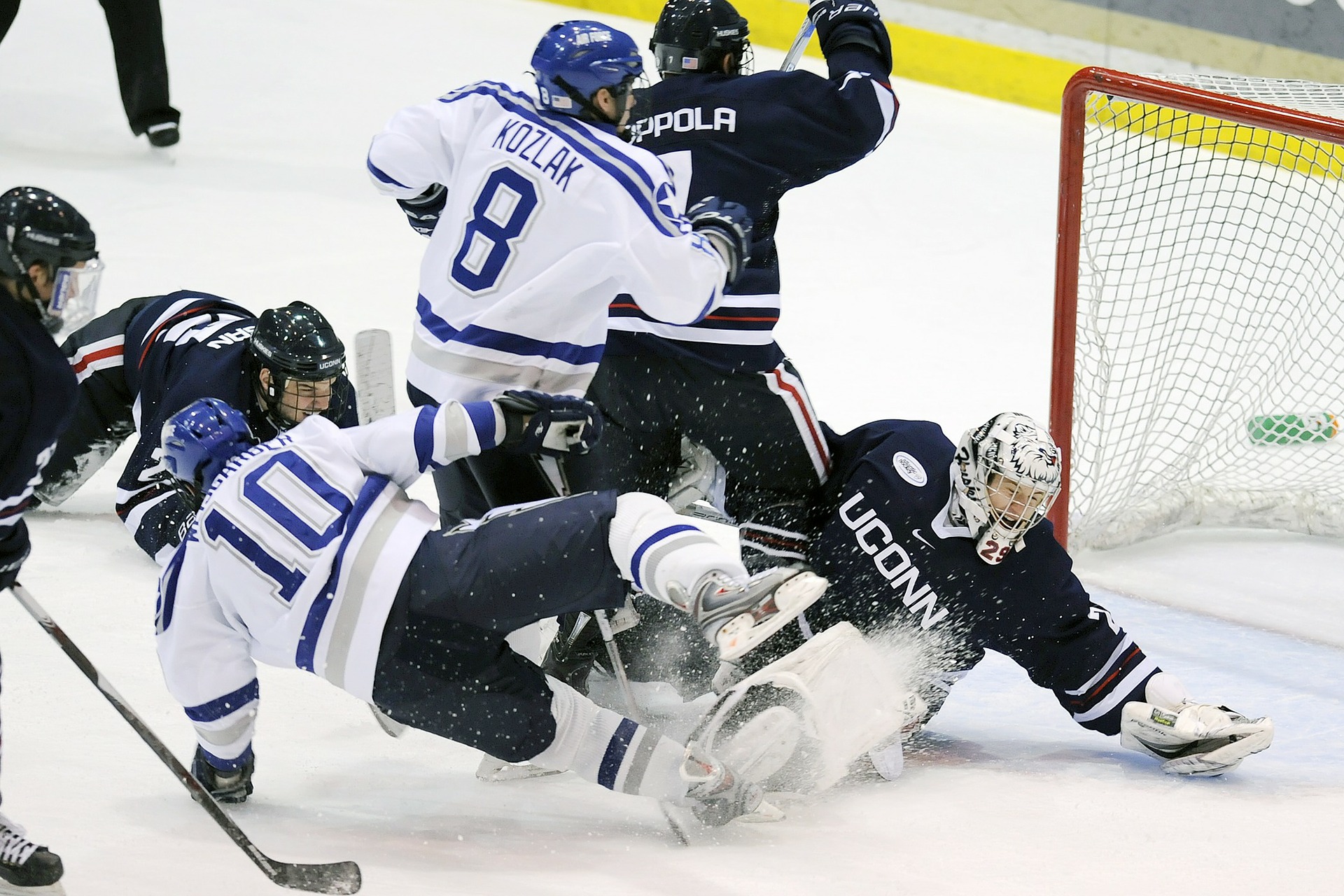Observation: Aggression in hockey players
 The following is a sample Paper 3 that looks at a naturalistic observation. Below you will first find the stimulus piece, followed by the static questions. A copy of the mock paper is included to give students as an in-class assessment.
The following is a sample Paper 3 that looks at a naturalistic observation. Below you will first find the stimulus piece, followed by the static questions. A copy of the mock paper is included to give students as an in-class assessment.
Potential answers are included in the hidden boxes below.
Stimulus piece
Gee and Sullivan (2006) wanted to see if there are any trends in aggressive behaviour during hockey tournaments.
Participants were 79 male varsity ice hockey players at the university. Coaches were approached and informed of the study. Once permission was granted, the teams were approached and asked for consent. The consent process occurred roughly three weeks before the tournament, in an attempt to minimize any social desirability biases. On game day, two cameras were placed on opposite sides of the rink. The cameras were placed at centre ice, in order to provide the most detailed picture of the entire playing surface. Camera operators were instructed to capture as many of the players as possible at any one time, while always maintaining a relatively clear picture (e.g., viewing the players’ numbers). Three games were observed.
The recordings of the competitions were analysed by two independent observers using an operationalized check-list. The “intent to harm” was the defining characteristic of aggressive behaviour. Fourteen behaviours were labelled as “aggression”, including cross-checking, fighting, charging, head-butting, kneeing, spearing, high sticking, and elbowing.
A total of 74 aggressive behaviours were observed during the three games. Of the 74 behaviours observed by the two independent researchers, only 14 received actual on-ice penalization. With respect to overall performance, winning, losing, and tied teams committed relatively equal numbers of aggressive acts. Also, there was no significant difference observed between players occupying different positions. Both offensive and defensive players committed relatively the same number of aggressive acts.
Questions
1a. Identify the method used and outline two characteristics of the method.
This is a naturalistic, overt, non-participant observation. Naturalistic observations have high ecological validity; the participants are observed carrying out normal behaviour without any manipulation of variables by the researcher. In an overt observation, there is no use of deception and because it is a non-participant observation, the researcher does not interfere with the behaviour of the participants.
1b. Describe the sampling method used in the study.
1c. Suggest an alternative or additional research method giving one reason for your choice.
2. Describe the ethical considerations that were applied in the study and explain if further ethical considerations could be applied.
3. Discuss the possibility of generalizing/transferring the findings of the study.

 IB Docs (2) Team
IB Docs (2) Team
